Football’s Next Frontier: The Battle Over Big Data

When Giants linebacker Devon Kennard wakes up each morning, he checks his phone to see what the day might hold. He’ll have text messages and emails, of course, but what Kennard really cares about are his sleep stats: Did he hit his eight-hour target? How good is his recovery score? And, most importantly, how hard can he push his body today?
If knowledge is power, NFL players may have just shifted the balance between them and the league over control of their own bodies. On April 24, the NFL Players Association announced a five-year partnership with WHOOP, a wearable device company that can track the health and performance data of the league’s athletes.
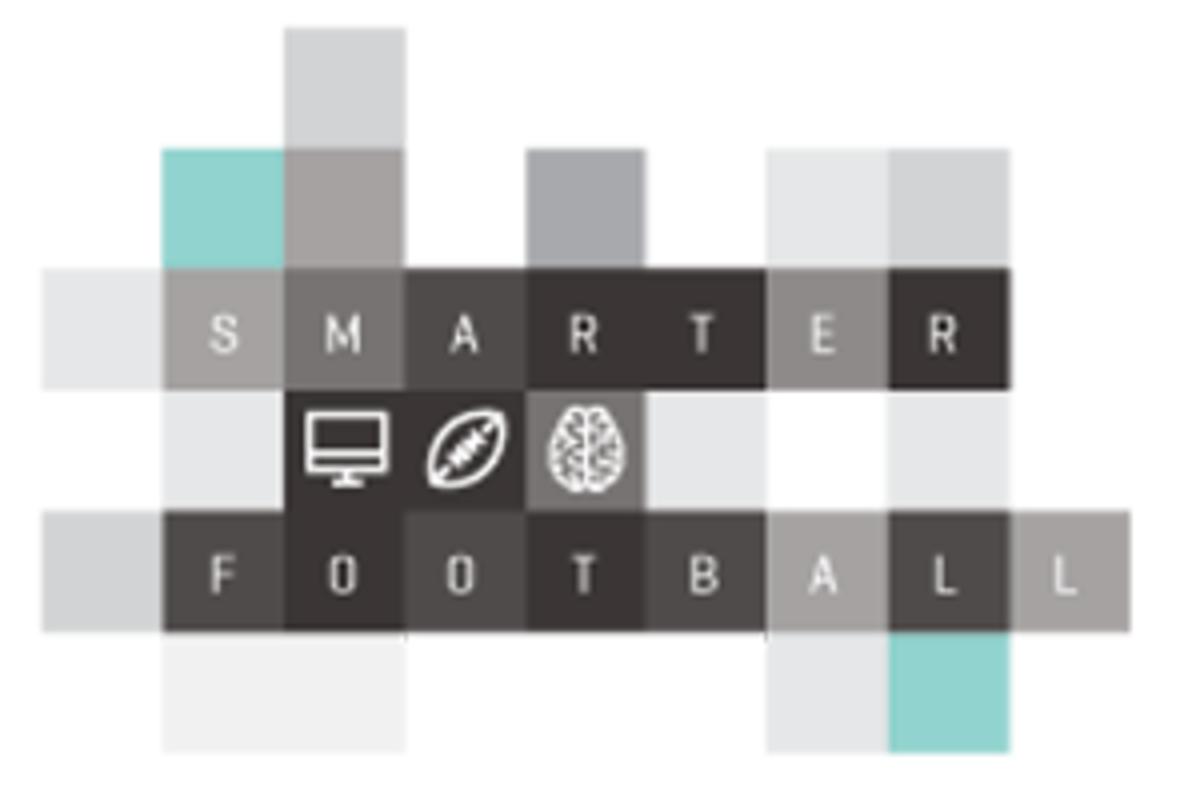
Players will be given a WHOOP Strap 2.0 device that can be worn on their wrist, forearm or bicep. It’s designed to monitor the strain they put on their bodies and how well they recover between games or workouts. For now, the league is unlikely to permit players to use it during games (more on that later). According to the NFLPA and WHOOP, the players—not the league—will control the data and have the opportunity to sell it to third parties. The theory behind using WHOOP is that the information should help players avoid overtraining, reduce injury, perform at their best, and even enjoy healthier lives after retirement.
“I’ve always had an avid interest when it comes to sports analytics,” says Chargers offensive tackle Russell Okung, who serves as an athlete advisor to the OneTeam Collective, the NFLPA’s startup accelerator (WHOOP is the first company in the Collective’s portfolio). Okung has suffered from multiple soft tissue injuries in his career, and has tried using different devices to understand why. “[WHOOP] was the next step for me,” he says.
• GREG BISHOP: The NFL Optimism Season
But with power comes responsibility. “If applied judiciously, responsibly, and ethically, biometric data technologies in professional sport have the potential to reduce injuries, improve performance, and extend athletes’ careers,” bioethicists Katrina Karkazis and Jennifer Fishman wrote in an article published in the January issue of The American Journal of Bioethics. “However, these same biometric data come with the risk of compromising players’ privacy and autonomy, as well as the confidentiality of their data. Moreover, they also have the potential to disadvantage players in contract negotiations and to harm, and even cut short athletic careers.”
Outside of sports, more and more people are wearing some kind of fitness tracking device. Companies are issuing them as part of corporate wellness programs. Data from them is being used to help diagnose diseases and even solve crimes. “The forces of Big Data are reshaping all of the major institutions in our society,” say the authors of a 2016 report by the Center for Digital Democracy on wearable devices, “disrupting the structures and operations of government, commerce, health, financial markets, education, and the workplace.”
The NFLPA-WHOOP partnership might only be a sports case study with a small sample population of 1,700 football players, but its ethical, legal, and medical consequences may reach far beyond the field of play.
* * *
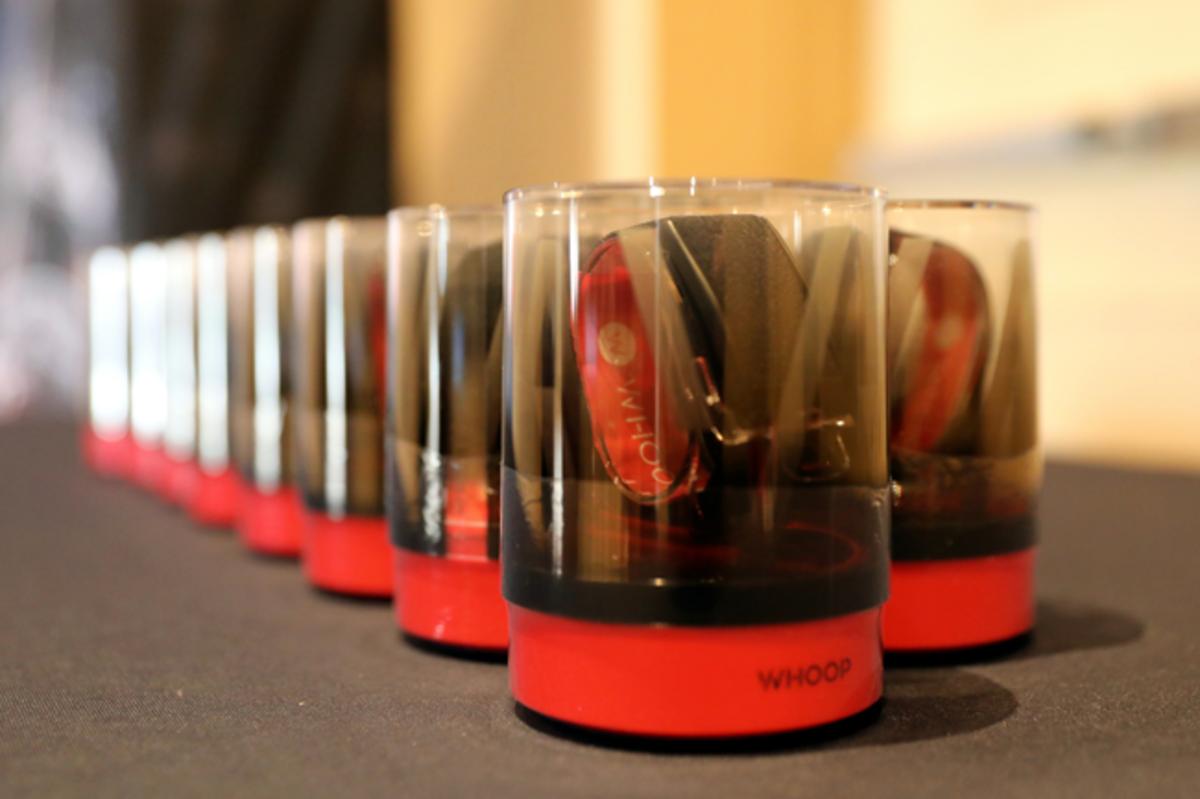
WHOOP is the cool kid in the world of wearable devices; even its name grabs attention. It is a discretely distinctive wristband, black on the outside and bright red, blue, or green on the inside. The band won a Red Dot Design Award in 2016. Unlike some bulky competitors, it has no screen or buttons, and it can be charged while you wear it—you never need to take it off. The heart rate, motion, skin conductivity, and ambient temperature data it records are transmitted via Bluetooth to a user’s mobile device, and from there to the cloud. Those metrics are condensed into three scores, assessing strain from exercise, recovery and sleep, that can monitored in an app.
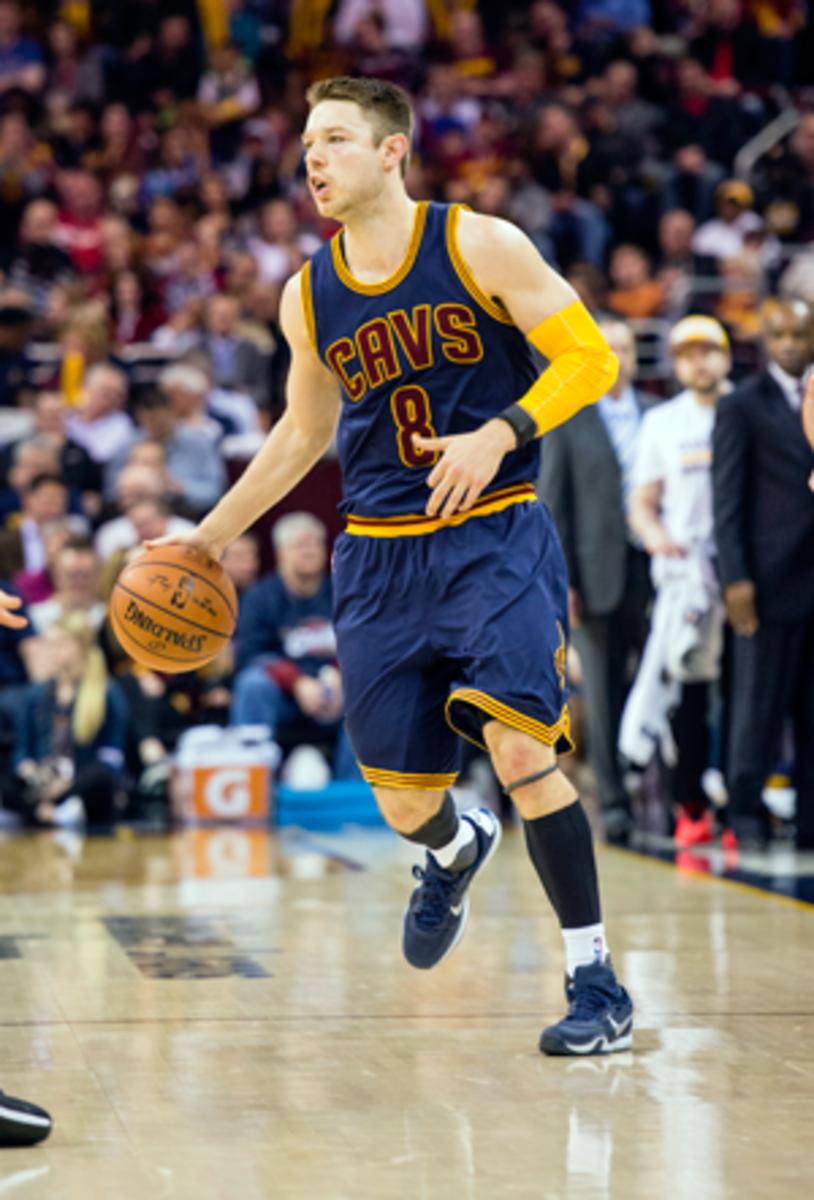
The device first gained mainstream attraction for its use among NBA players. In spring 2016, then-Cavaliers point guard Matthew Dellavedova started wearing it in games. More than a dozen games later, once the NBA had worked out what the band was, the league banned its use in games. But Clippers center DeAndre Jordan reportedly skirted that ban this past season, wearing WHOOP on his wrist beneath a black sweatband in a February game against the Knicks.
WHOOP remains barred by the NBA during games, but the new collective bargaining agreement, which goes into effect on July 1, may open the door to both it and other technologies. Under the terms of the new CBA, the NBA and National Basketball Players Association will form a joint committee “to review and approve wearable devices for use by players.” The CBA, however, stresses that using any devices will be voluntary, and that the data cannot be used in contract negotiations.
Meanwhile, baseball has formally embraced WHOOP. Last season, 230 minor leaguers were tracked using the wearable from June through November. WHOOP found a correlation between recovery and fastball velocity for pitchers, and ball exit speed and recovery for hitters. In early March, MLB approved the use of WHOOP during big-league games this season. According to WHOOP, players such as Cardinals pitcher Adam Wainwright and Yankees centerfielder Jacoby Ellsbury are using the device.
In essence, the NFLPA partnership with WHOOP puts football at the forefront of the wearables debate. All players from the 2017 NFL draft have been set up with a WHOOP band, and the company is now in the process of getting all active players onboard before the season begins.
“This [deal] demystifies wearables as not necessarily a Big Brother approach, but as a way to really educate the players as well as show that there is really value in using wearables to optimize performance [and] minimize the risk of injury,” says Isaiah Kacyvenski, a former NFL linebacker and a co-founder of the Sports Innovation Lab, a market research firm. Kacyvenski serves on both the OneTeam Collective’s executive and athlete advisory boards.
However, the partnership between the NFLPA and WHOOP does not include the NFL league office or any of the 32 teams. Without NFL approval, WHOOP is not supposed to be used in games—and depending on team rules, players might not be able to use it in training either. But that might not stop some players. Last season, Chargers safety Darrell Stuckey wrapped thick white tape around his wrists and forearms. Under the tape on his right wrist was a rectangular bulge. Just like in the NBA, NFL players may be willing to flout uniform rules to wear WHOOP.
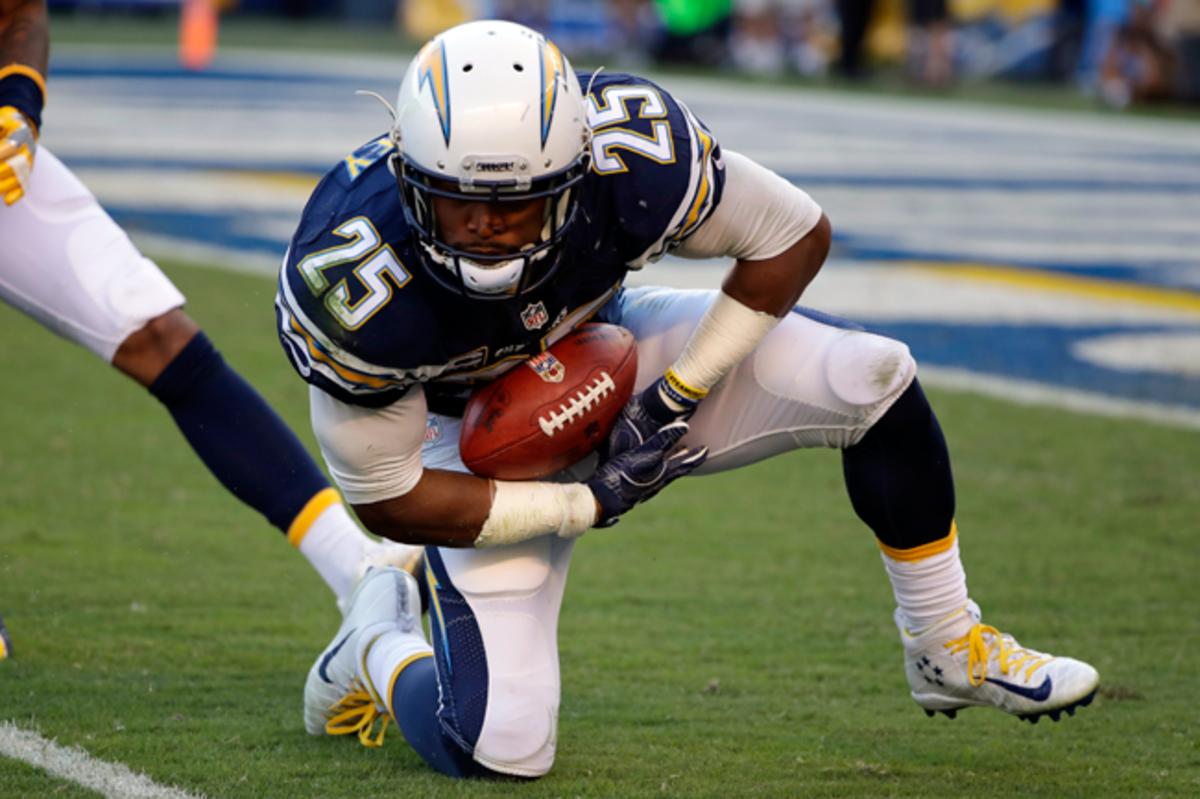
NFL spokesperson Brian McCarthy declined to comment about the NFLPA deal; team insiders were similarly reluctant to talk. The reason: the NFL has had a deal in place since 2014 with Zebra Technologies, which uses radio-frequency identification tags to track the players’ location, speed and acceleration during games. The NFL, not the NFLPA, controls these data sets. While the WHOOP and Zebra databases are not identical, there would be overlap between them that could lead to conflict between the NFL and NFLPA.
In October 2015, the NFLPA filed a grievance against the NFL over reports that teams had been using sensors to monitor players’ sleeping habits. In a memo to players written at the time, NFLPA executive director DeMaurice Smith explained that “because the use of such technology occurs outside of games and practice, we believe such use violates the Collective Bargaining Agreement.” As a result, teams need to seek approval from the NFLPA before using sleep trackers. WHOOP’s founder and CEO, Will Ahmed sees that as a powerful opportunity for his company. Perhaps the simplest way for teams to access that type of data will be to go through the NFLPA’s Official Recovery Wearable: WHOOP.
* * *
The most intriguing part of the partnership between the NFLPA and WHOOP is the announcement that players will have the opportunity to sell their data. “We want to incentivize players to not only opt in, but to opt in and participate,” explains Ahmad Nassar, president of NFL Players, Inc., the licensing and marketing subsidiary of the NFLPA. “Because that’s the only way it’s going to be valuable.”
The NFLPA has become an investor in WHOOP, meaning that players have a stake in the company’s success, including the sale of each $500 band. According to Ahmed, the company will also share a percentage of revenue from the sale of player data.
Athletes may now face a conflict of self-interest. “The players are actually going to receive revenue from the value of their data,” Ahmed says. “So as the data gets more invasive, it also potentially gets more lucrative.” Sharing data publicly might generate immediate income, but once a team knows how well an athlete recovers, that might have consequences the next time his contract is up for negotiation.
“Analytics is sort of like an arms race,” Nassar says. “It’s certainly, in the wrong hands, capable of being misused, or being used against athletes. The beauty of the deal that we have with WHOOP is that it’s not in the wrong hands. It is in the athletes’ hands directly.”
However, legal and medical experts unaffiliated with the league, the players, or the company express concern. “Why would anybody in their right mind sell information to a third party about what they’re doing outside of their sports environment?” asks Art Caplan, director of NYU’s Division of Medical Ethics. “Selling my privacy is not a good deal.”
As a former player, Kacyvenski disagrees. “In the end, this is a job,” he says. “As a football player, I always thought as my body as a business. The ability to create more value for the job you do, that’s not crazy.”
Exactly how the data-selling process will work, and where that data might appear, is still being worked out. Sean Sansiveri, vice president of business and legal affairs at the NFLPA, says that for players it will be structured similar to the way merchandise is sold. Ahmed says he is currently negotiating with interested buyers, though he would not say who those parties might be. Likely candidates include media, video games, fantasy football and betting organizations, and even the NFL itself.
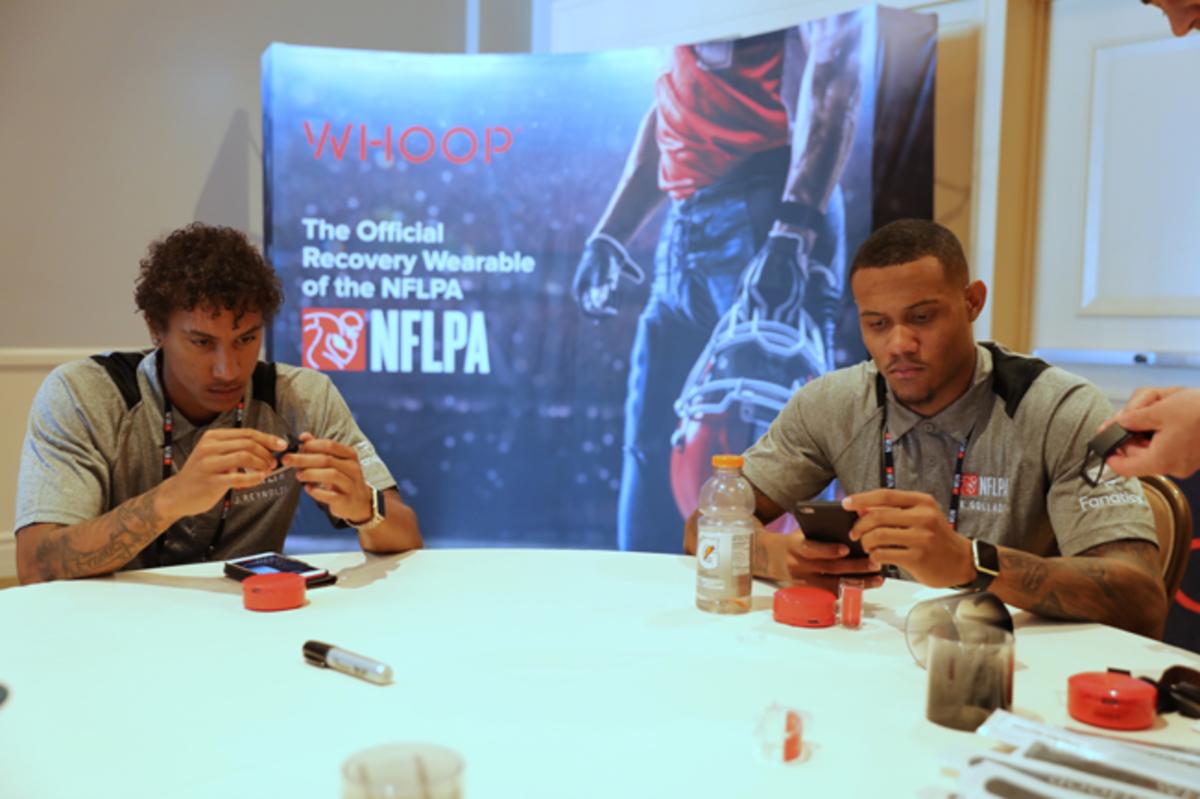
Okung is excited about incorporating player data into TV broadcasts. “We’re playing the Broncos in our first Monday night game,” he says. “Imagine having a key matchup and knowing what their recovery scores look like.”
The teams might be less enthusiastic. While they would, of course, want access to as much biometric information as they can get, they wouldn’t want other teams acquiring those same statistics. Although Zebra Technologies has been tracking NFL players since 2014, teams haven’t been given access to their opponents’ data. If, from WHOOP data, an opponent knew that one of your defensive players didn’t get enough sleep the night before a game, perhaps they might consider him a weak point worth targeting. Last year, Stuckey wore WHOOP when San Diego traveled to Houston on Nov. 27. According to the device, Stuckey got 5 hours and 16 minutes of sleep the night before. His WHOOP recovery score pre-game was 52%. The Chargers handed the Texans their only home defeat of the season that day. Houston quarterback Brock Osweiler threw three interceptions in his team’s 21-13 defeat, but had Houston coach Bill O’Brien been given inside information on San Diego’s defense, perhaps the Texans could have found a route to victory.
* * *
Digitizing data makes it a formidable resource, easily stored, shared, and analyzed. But Big Data is also much easier to steal in large quantity than paper records, and it can be mined and processed by powerful algorithms to discover unexpected, and often unwanted, insights.
“These are high-value individuals and privacy is and will be a concern,” Sansiveri says.
In April 2016, a laptop was stolen from the car of a Washington trainer. On its hard drive were 13 years of password protected, but unencrypted, healthcare records for thousands of NFL players. The league, which asserted that there was no evidence the data had been accessed by the thief, ultimately avoided sanction by the Department of Health and Human Services for the breach. Last summer, the Russian hacking group Fancy Bear broke into the World Anti-Doping Agency’s computers, stealing and then publishing confidential medical data on at least 29 athletes. WADA believes the attack was in retaliation for investigations into Russia’s state-sponsored doping program, and that employees were duped into handing over login information by phishing emails that appeared to come from friends or colleagues.
Russell credits the fact that WHOOP has 27 privacy levels that allow him to determine exactly who sees what data as a key reason he is comfortable using the device. Kennard, a NFLPA player representative, is unconcerned even if information does leak out. “This isn’t data that’s some huge secret to me,” he says. “I wouldn’t want anyone to get access that I didn’t approve, but at the same time it’s not some top secret data.”
• JENNY VRENTAS: The Quest for a Better Football Helmet
But even adequately protected data raises ambiguous privacy concerns. “My prediction is once the players start to understand some of the issues, they may drop the agreement and revisit it later,” Caplan says. Big Data allows powerful conclusions to be drawn from the most benign-seeming information.
In WHOOP’s privacy policy, the company stresses that data shared with third parties will be anonymized to protect the user. However, “due to its identifying qualities, [athlete biometric data] inherently identifies the athlete who contributed it,” lawyer Kristy Gale wrote last year in a two-part series published in Arizona State’s Sports & Entertainment Law Journal. Writing in the UCLA Law Review, law professor Paul Ohm stated, in 2010, that “data can be either useful or perfectly anonymous, but never both.” And like most of us, athletes leave all sorts of personal clues scattered around online that could be used to re-identify health or performance data.
Private data can also be subpoenaed and dragged into the public setting of a courtroom. In April, computer network administrator Richard Dabate was charged with murdering his wife, Connie, in part because her Fitbit data appears to contradict his story. Dabate had told police that an intruder had broken into their home in Ellington, Conn., in December 2015, tied him up and shot his wife. Activity data from Connie’s Fitbit allegedly shows that she was walking around the house at the time Dabate claimed they were being held captive. (Dabate has been charged with murder, tampering physical evidence and making a false statement; he is currently free on $1 million bond awaiting trial.)
There were 26 arrests of NFL players reported last year; 17 so far in 2017. If NFL players extensively begin wearing WHOOP, the data collected may end up being a part of future criminal trials. For instance, it has accelerometers and heartbeat sensors. If a player said he was at home watching TV, but he was clearly running around, that would affect his alibi.
* * *
Then there is the question of what WHOOP’s data actually means. Is it medical in nature, or just health-related?
Accurately evaluating WHOOP’s medical relevance is not easy. The algorithms that WHOOP uses to determine strain, recovery, and sleep are proprietary and therefore not public. The company is currently working with a third party to validate the band’s function; WHOOP documents some of its own small case studies online, but there are no peer-reviewed scientific journal articles that perform research on its data and methodology.
Most wearable device companies stress that their products are not medical, allowing them to sidestep some of the protections that exist for medical technology. The distinction between medical technology and wellness products, however, is hazy. The former is used to treat illness (like a continuous glucose monitor for diabetics), the latter to promote health (a pedometer to track 10,000 steps)—effectively two sides of the same idea. A 2016 report by the Center for Digital Democracy warns that government regulation of health-related wearable devices is patchy. A guidance document issued by the FDA, in July, states it “does not intend to examine low risk general wellness products to determine whether they are devices.” Which means that while those products aren’t currently classified as medical devices, they could be re-classified at some point.
“WHOOP today is not entrusted at diagnosing medical conditions,” says the company’s chief technology officer, John Capodilupo, “[but] it’s not that the data can’t do that, it’s that we’re not doing that.”
Eric Topol, director of the Scripps Translational Science Institute and one of the leading voices on digital medicine, is doubtful of the medical relevance of WHOOP. “All of the metrics,” he says, “just really scratch the surface—none of them would be considered medical. They’re very pseudo-health.”
There is, however, evidence that WHOOP-like devices are medically relevant. In 2016, health data from wearables alerted Stanford genetics professor Michael Snyder to the fact that he had contracted Lyme disease (he was using seven different devices). Snyder noticed changes to his heart rate and blood oxygen levels, and sought antibiotics even before tests confirmed the diagnosis.
“Here’s what is clear,” says Travis McDonough, founder and CEO of Kinduct, “performance data and medical data are connected by an insoluble meshwork that’s impossible to de-tangle.” (Kinduct is an athlete data management platform used by a range of pro sports teams across the Big Four leagues including the Vikings, Warriors, Red Sox and Sharks.)
Okung has been using WHOOP for the past four months, Kennard for about two. Both use it to track sleep, which UCSF sleep specialist Cheri Mah has demonstrated can be linked to better athletic performance. According to the National Institutes of Health, sleep is important for both mental and physical health. Kennard and Okung say they have generally performed better in training when their sleep and recovery scores have been higher.
“In theory, assessing performance could detect the presence of an impairment,” write Roberts and her co-authors, “even if the technique being used it not considered medical. For example, having a player wear a monitor while sleeping could detect signs of previously undiagnosed sleep apnea.”
And what will happen when a player who regularly wears WHOOP suffers a concussion? Although the device can’t currently be used in games, and thus won’t detect the actual moment of the concussion, it may well track sleep disturbances that hint of the injury. If a player doesn’t report a concussion, and a team doesn’t detect it, do the NFLPA and WHOOP now have a legal responsibility if the data makes them suspect it? And if a player decides to intentionally hide a concussion, will he simply just take off the band to avoid leaving clues?
* * *
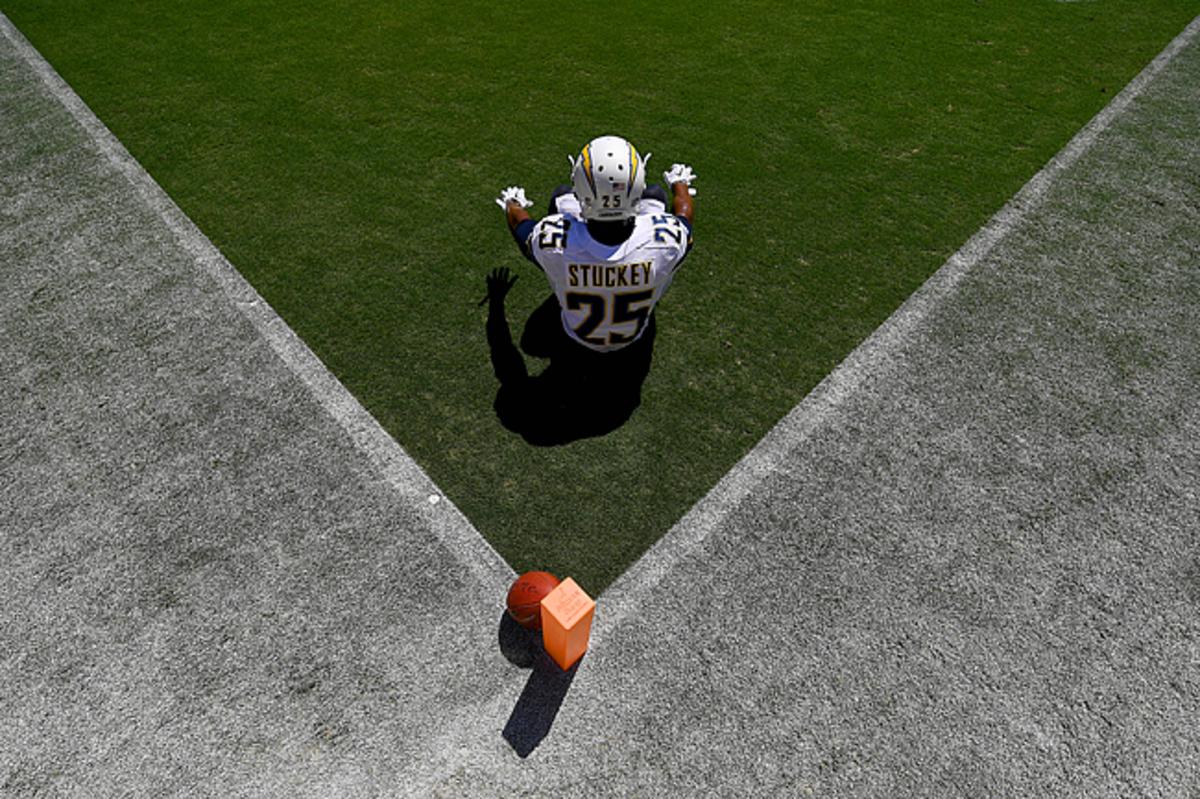
What is playing out right now in pro sports may well foreshadow the future for the rest of us. “What we’re doing in terms of the wearable space and empowering these players as patients, as people, as employees, will translate into other industries,” Sansiveri says. According to Sansiveri, WHOOP won’t be the only wearable device worn by NFL players or partnered with the NFLPA.
By 2012, half of all companies with at least 50 employees had workplace wellness programs, according to a RAND Corporation study, and half of those that didn’t planned to introduce one. Wearables are increasingly part of those programs. In September 2015, Target bought 335,000 Fitbit devices for its staff as a way to spur fitness initiatives and reduce healthcare costs. Barclays offered to subsidize Fitbits for 75,000 staff members a month later.
Perhaps the biggest concern about wearables is that in the absence of comprehensive regulation and conclusive science, consumers may be putting too much faith in the abilities of wearable device companies to handle and analyze their data. “Until that grey area is closed,” Sansiveri says, “I think the most important piece is that the individual . . . is the owner and controls this information.”
• Question? Comment? Story idea? Let us know at talkback@themmqb.com
